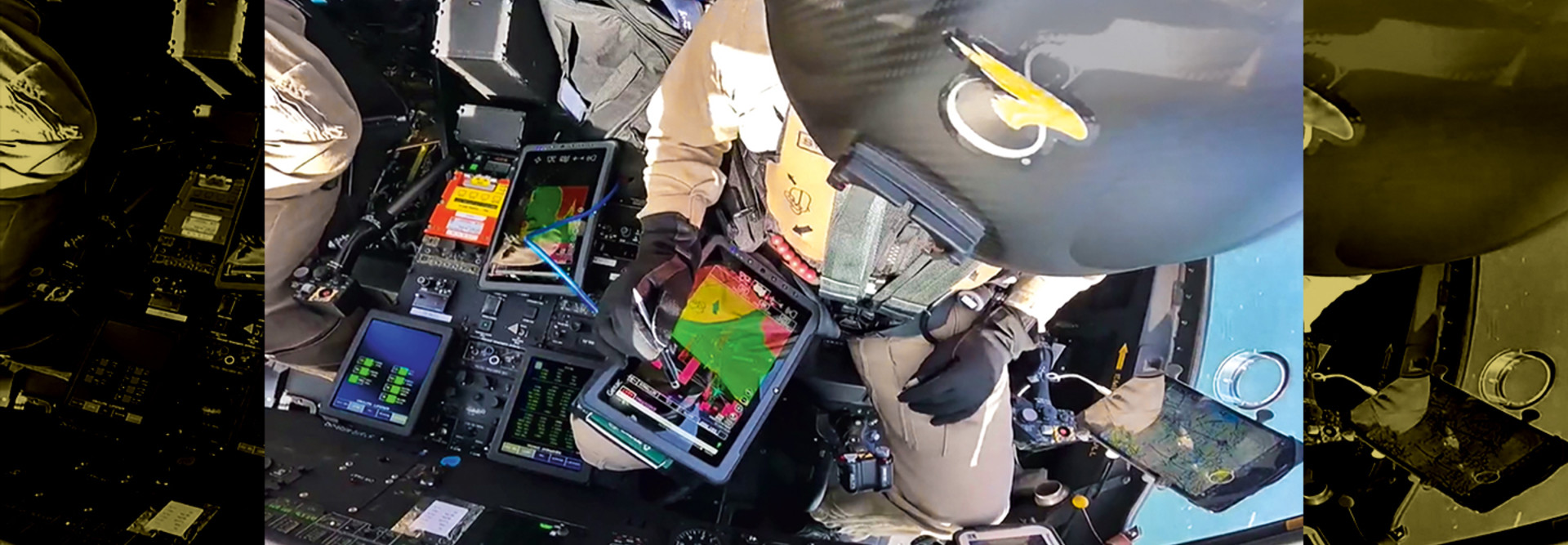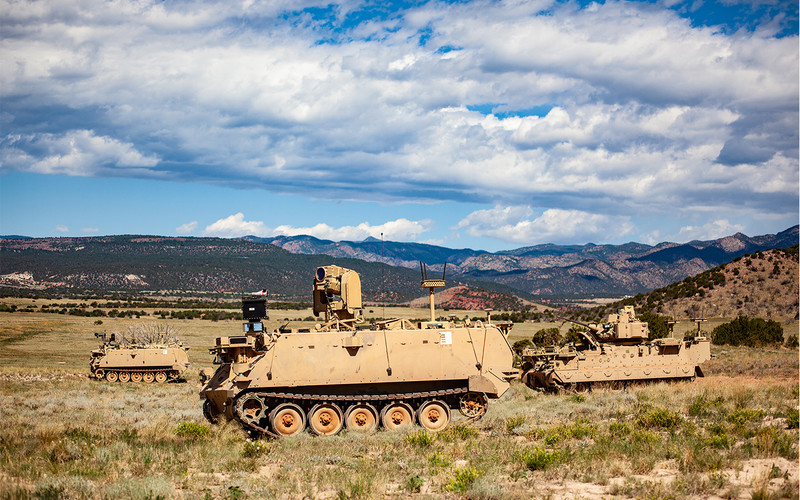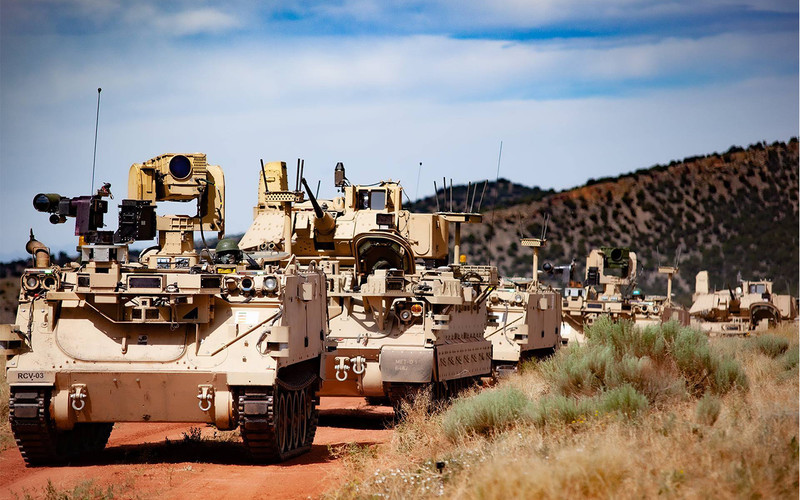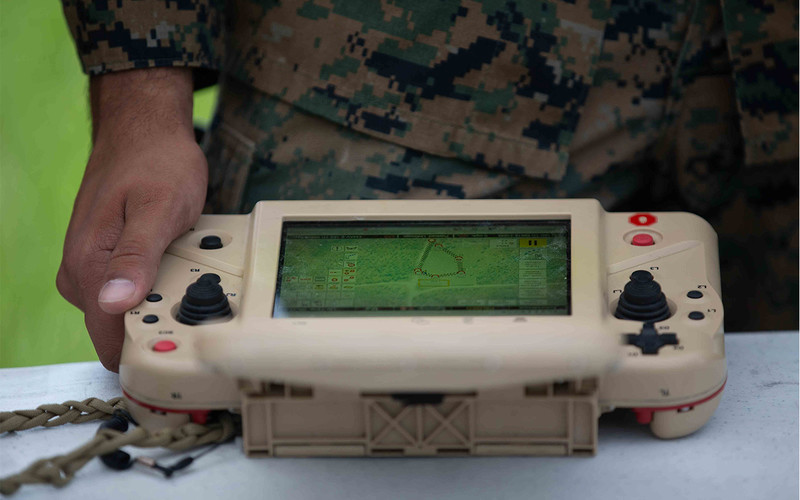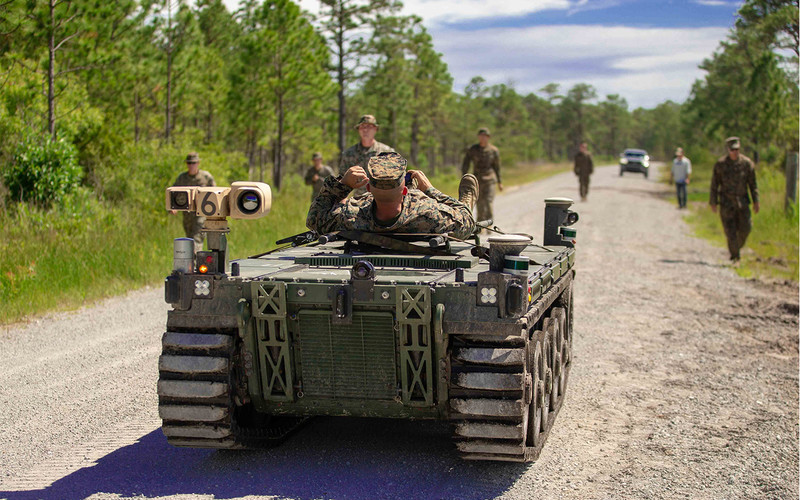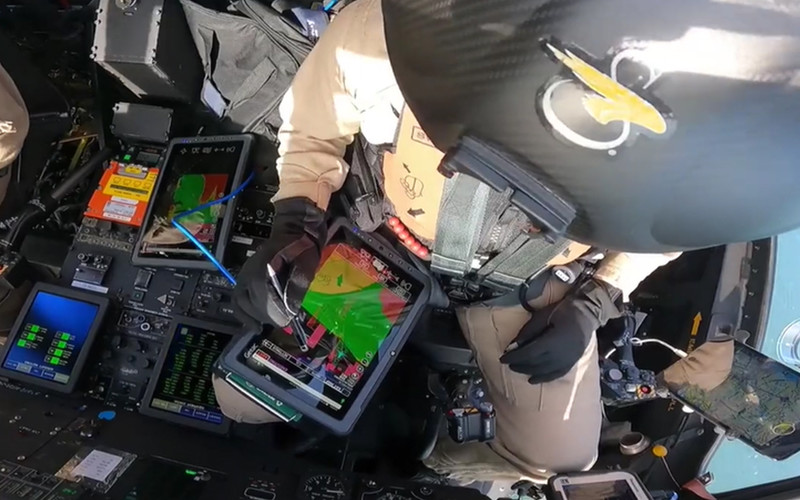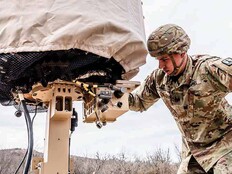“It’s really a soldier teammate in the battlefield that they can depend on to carry out parts of the mission,” says John Fossaceca, program manager for the Army Research Lab’s AI for Maneuver and Mobility. “We want them to be heads up and hands free.”
“We’re not trying to take pilots out of a job,” says Stuart Young, program manager at DARPA’s Tactical Technology Office. “We want to reduce the cognitive burden on them and make them more operationally efficient.”
VIDEO: How is the Army using augmented reality to train soldiers?
How Machines Can Save Soldiers’ Lives
No matter the vehicle, it can be operated with fewer than the standard number of service members aboard, possibly saving lives.
Autonomous vehicles could do recon where drones cannot (such as heavily wooded areas) and draw fire so human soldiers would know where the adversary is hiding. Autonomous helicopters could drop supplies to pinned-down soldiers without putting others at risk.
DARPA is working to push the Black Hawk past autopilot, an operation directed by a human, to autonomy. The helicopter would run checklists, watch for treacherous terrain and pull up to avoid sudden obstacles.
The Black Hawk can be operated using a tablet on board the aircraft, or from the field with no one aboard. Similarly, Army convoys could run with either one crewed truck leading a pack of uncrewed vehicles, or with one soldier per autonomously operated vehicle.
“We’re trying to create a situation where soldiers need only basic information and don’t have to become roboticists,” Fossaceca says.
In fact, DARPA’s deputy director flew the autonomous Black Hawk after just two hours of training, Young says.
The timeline for putting autonomous vehicles in the field is a long one; commercial carmakers have an easier programming job than military researchers. “Most algorithms work on U.S. highways with clean infrastructure,” says McKay. “The operational environment is very different in a war setting.”



